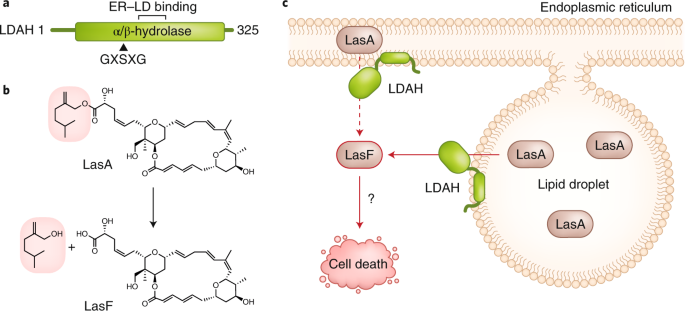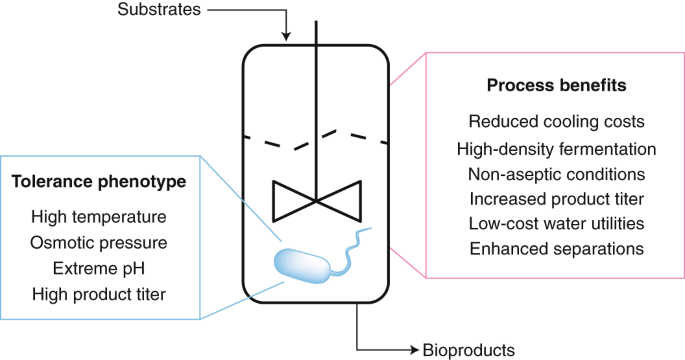- Select a language for the TTS:
- UK English Female
- UK English Male
- US English Female
- US English Male
- Australian Female
- Australian Male
- Language selected: (auto detect) - EN
Play all audios:
You have full access to this article via your institution. Download PDF Phase II trial results for GlaxoSmithKline's firategrast — an oral small-molecule α4β integrin antagonist —
published in the Lancet (_Lancet_ 11, 131–139; 2012) indicate that it reduces disease activity in patients with relapsing–remitting multiple sclerosis (RRMS). Multiple sclerosis is a chronic
autoimmune disease characterized by inflammatory demyelination of neurons in the central nervous system. Several disease-modifying agents are approved for RRMS treatment, but most must be
injected and their use is limited by side effects, variable efficacy and safety concerns. “We are close to finding treatments that will reduce the inflammatory activity of multiple sclerosis
very effectively, but at present these all come with significant risks. A key challenge is identifying ways to reduce these risks while retaining efficacy,” says Alasdair Coles, University
of Cambridge, UK. It is hoped that novel agents, which include firategrast, might help address this challenge (_Nature Rev. Drug Discov._ 10, 885–887; 2011). Firategrast targets α4β
integrins — adhesion molecules expressed on most activated leukocytes — thus reducing inflammatory immune cell trafficking into the nervous system. Although integrins represent promising
therapeutic targets in several diseases, the clinical development of integrin inhibitors, particularly small-molecule drugs, has proved challenging. “In many integrin-dependent diseases the
role of integrins is complex. Typically, multiple integrins are involved, making it difficult to identify a specific drug target,” explains Dermot Cox, Royal College of Surgeons, Ireland. “A
second problem has been the development of pure antagonists. Previous experience with the platelet integrin αIIbβ3 showed that some oral antagonists intended to prevent platelet aggregation
actually acted as agonists at the receptor, leading to increased events,” he adds. α4β integrins are among the few integrins for which pharmacological inhibitors have been successfully
developed. “α4β integrins are the target of the monoclonal antibody natalizumab — the most efficacious licensed treatment of the inflammatory phase of multiple sclerosis to date,” notes
Coles. However, natalizumab is administered intravenously and has been associated with progressive multifocal leukoencephalopathy (PML) — a rare, serious brain infection. The Phase II trial
involved 343 RRMS patients who were randomized to receive oral firategrast twice daily (at doses ranging from 150 mg to 1,200 mg) or placebo, for 24 weeks, and were followed for 52 weeks. A
statistically significant reduction (49%) in the cumulative number of new gadolinium-enhancing lesions was observed in patients receiving the highest firategrast doses compared to placebo.
Firategrast was generally well tolerated, with no cases of PML reported. The results are promising, although there are some caveats. First, concerning safety, “no case of PML was detected in
this study, but that is not surprising as it only enrolled 343 patients, and the incidence of PML is around one in 1,000”, says Cox. “Also, the incidence is related to treatment duration,
and in this case it is only 24 weeks,” he adds. With regard to efficacy, “it is encouraging that firategrast is clearly able to reduce cerebral inflammation, but it is disappointing that —
even at the highest doses — firategrast did not seem to have the efficacy of natalizumab”, notes Coles. Indeed, natalizumab achieved a 90% decrease in new or active lesions in a comparable
Phase II trial. “Perhaps future trials could explore higher doses,” he adds. Authors * Sarah Crunkhorn View author publications You can also search for this author inPubMed Google Scholar
RIGHTS AND PERMISSIONS Reprints and permissions ABOUT THIS ARTICLE CITE THIS ARTICLE Crunkhorn, S. Integrin antagonist shows promise in MS. _Nat Rev Drug Discov_ 11, 178 (2012).
https://doi.org/10.1038/nrd3676 Download citation * Published: 01 March 2012 * Issue Date: March 2012 * DOI: https://doi.org/10.1038/nrd3676 SHARE THIS ARTICLE Anyone you share the following
link with will be able to read this content: Get shareable link Sorry, a shareable link is not currently available for this article. Copy to clipboard Provided by the Springer Nature
SharedIt content-sharing initiative






)
